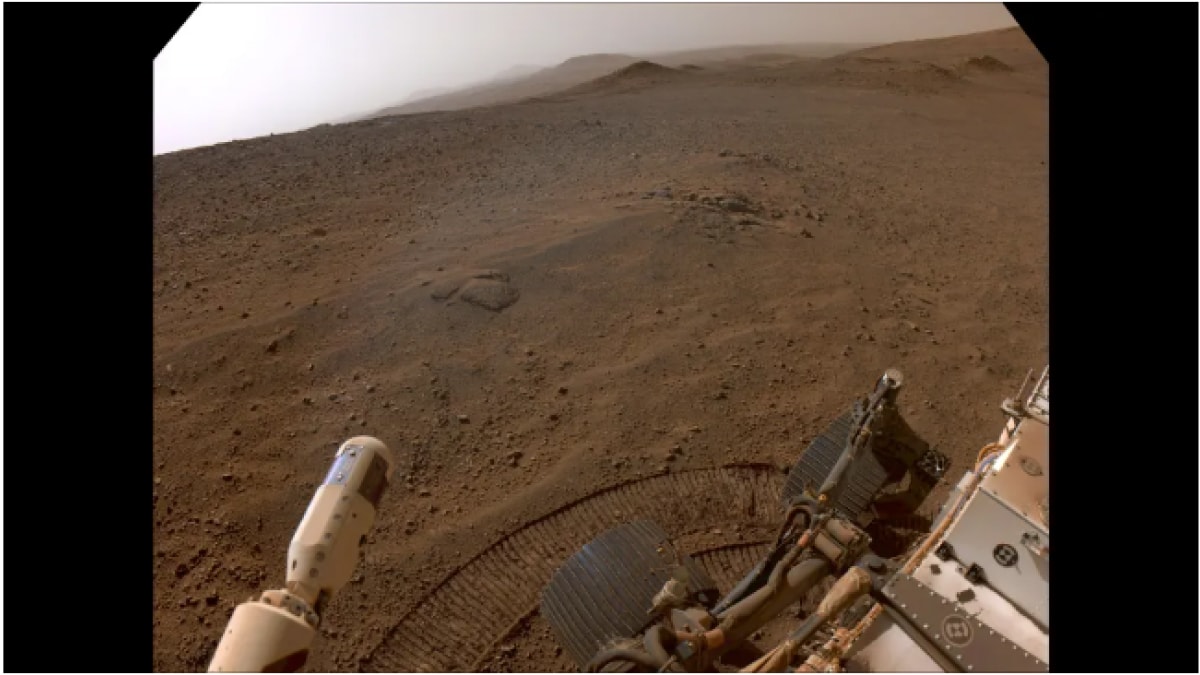After a demanding ascent spanning several months, NASA's Perseverance rover has successfully reached the top of Jezero Crater's rim, as confirmed during a media briefing held on December 12 at the American Geophysical Union's annual meeting in Washington. The climb covered a vertical rise of 500 meters and involved navigating steep grades of 20 percent. Reports indicate that this milestone paves the way for exploring an uncharted region of Mars, offering unprecedented opportunities for scientific discovery.
Climbing Challenges and Innovative Solutions
As per the latest blog from NASA, the demanding terrain of Jezero's rim presented significant challenges, prompting innovative approaches by the rover's team at NASA's Jet Propulsion Laboratory. As stated by Steven Lee, Deputy Project Manager, Perseverance encountered some of its toughest conditions since landing in February 2021. Techniques such as reverse driving were tested to overcome obstacles. Despite these hurdles, reports suggest that the rover has performed exceptionally well and is fully equipped for the upcoming scientific investigations.
Exploration of the Northern Rim
The current phase of the mission, termed the Northern Rim campaign, is expected to uncover geological insights from Mars's distant past. As per reports, Ken Farley, Project Scientist at Caltech, stated that at this stage signifies a transition to studying ancient crustal materials exposed during the crater's formation. Reports describe these rocks as some of the oldest in the solar system, offering clues to the early environments of Mars and Earth.
Next Destination: Witch Hazel Hill
The rover's immediate focus is a site dubbed Witch Hazel Hill, located 450 meters down the rim. According to scientists, this layered outcrop holds a record of ancient Martian history, with each layer representing a distinct geological era. Further objectives include Lac de Charmes, an area believed to be less affected by the crater's formation, and a return to the rim to study megabreccia.
Mission Goals and Future Plans
The mission aims to gather samples for potential signs of ancient life while analyzing Mars's geology and climate. The samples, according to reports, are planned for eventual return to Earth through collaborative efforts with the European Space Agency. The Perseverance mission forms part of NASA's broader strategy to prepare for human exploration of Mars. Embedded –


